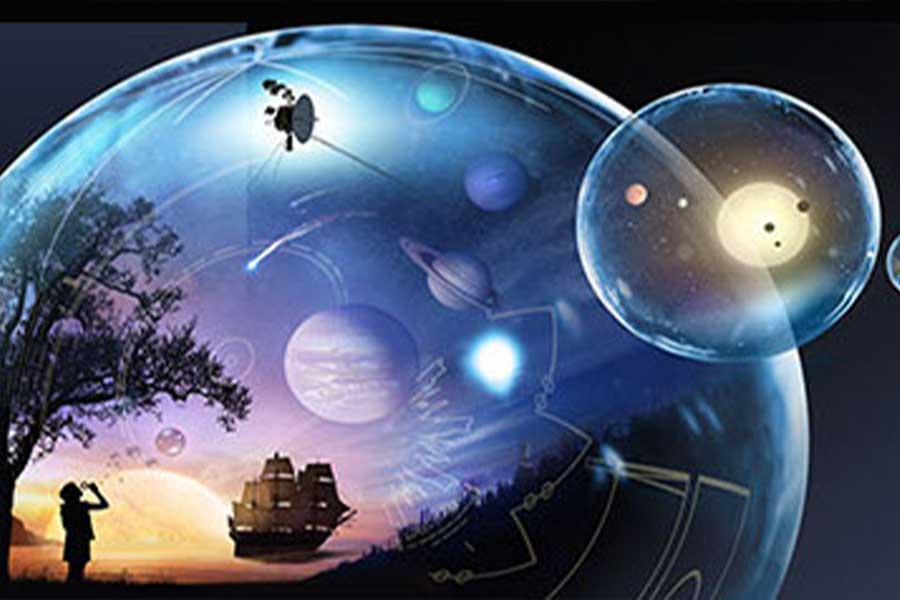“Did you know that all of us are part of the Milky way galaxy?”
“You mean the Earth and other planets?”
“Yes, the Milky way is not the only galaxy in the whole of the universe. It’s as if the Universe is the country and these galaxies are all states in that country.”
“How long will it take to go from our galaxy to the next one?”
“It takes us 6 hours in the car to go from here to Bangalore, ….. Just imagine… the galaxy..”
“It depends on the speed of the car. Isn’t it?”
“Oh no, we can’t even use a car for it. We might need a super high speed rocket. To go from Earth to Moon took many hours for the rocket.”
“But it looks so close doesn’t it? How long will it take then?”
No, this conversation is not from a story or science fiction book. They were two children, an 8 year old and a 10 year old, conversing about the information gathered from their research and reading. They were totally lost in their ‘space’. The conversation continued until they talked about light years, its unit of measure and trying to find out its conversion in kilometres.
The reach of their imagination is limitless and it stems from reality and experience. Imagination allows them to travel in their minds to places they have never been or think about people they have never seen. Everything around an elementary child calls out to their imagination.
This power to imagine enables them to understand wider concepts and acquire cultural knowledge which cannot be so directly explained. It aids their moral and intellectual development and helps them apply their concrete knowledge in the wider world. Children cannot make discoveries without the imagination, and so it is important that we provide opportunities to explore a reality that is alive, engaging and intellectually appealing.



